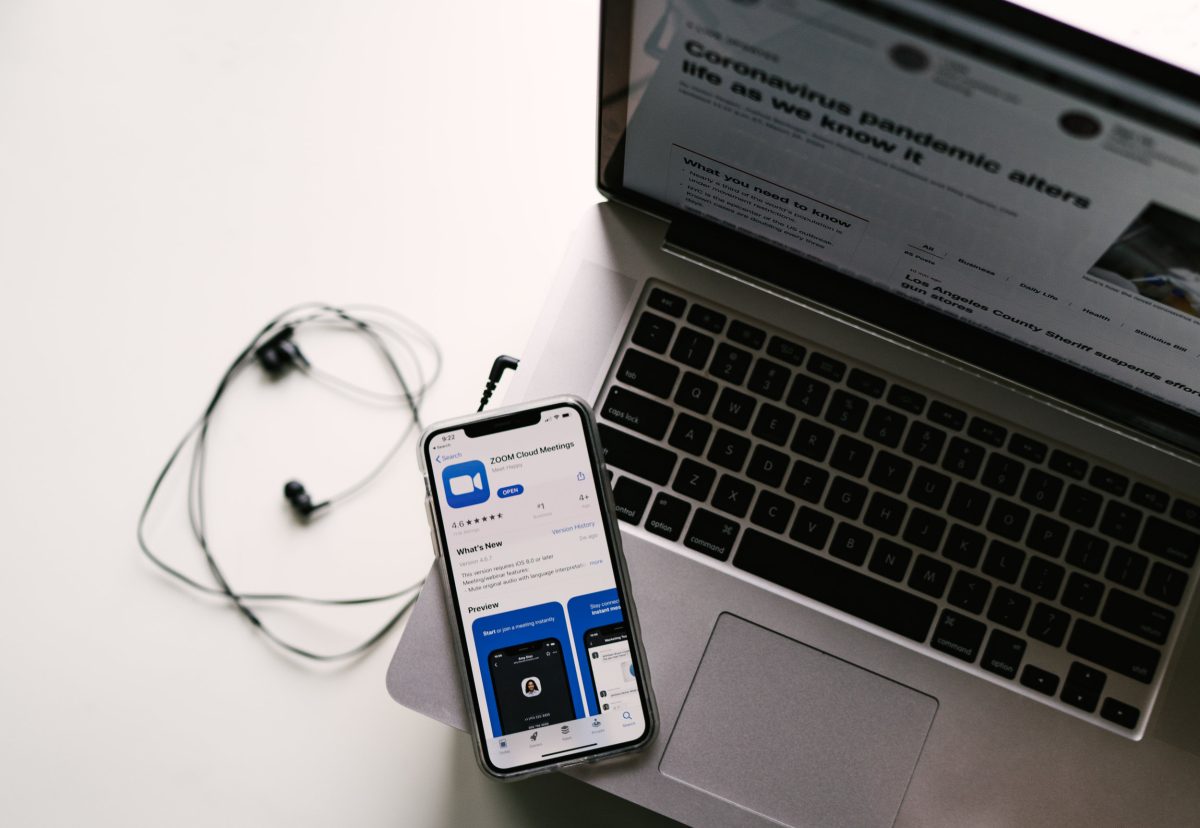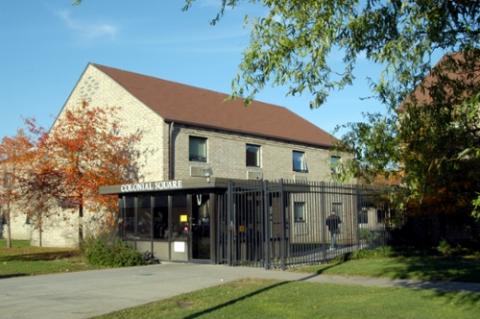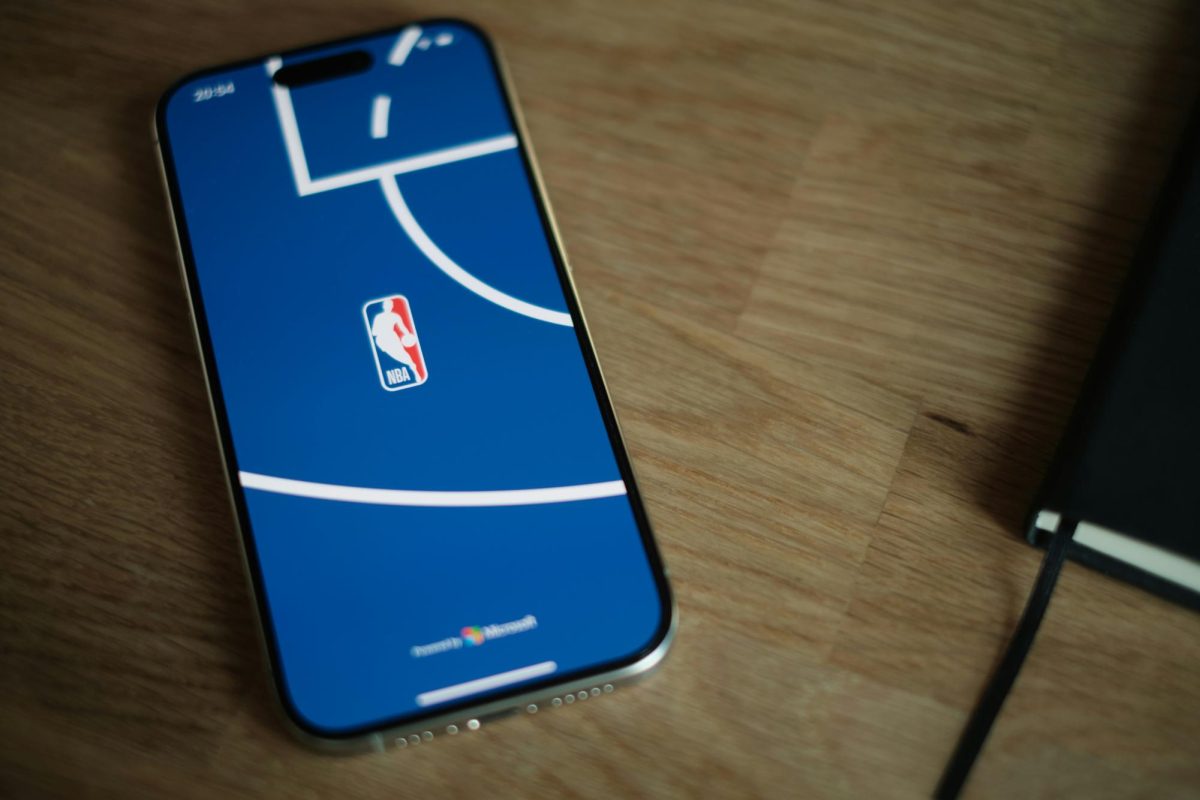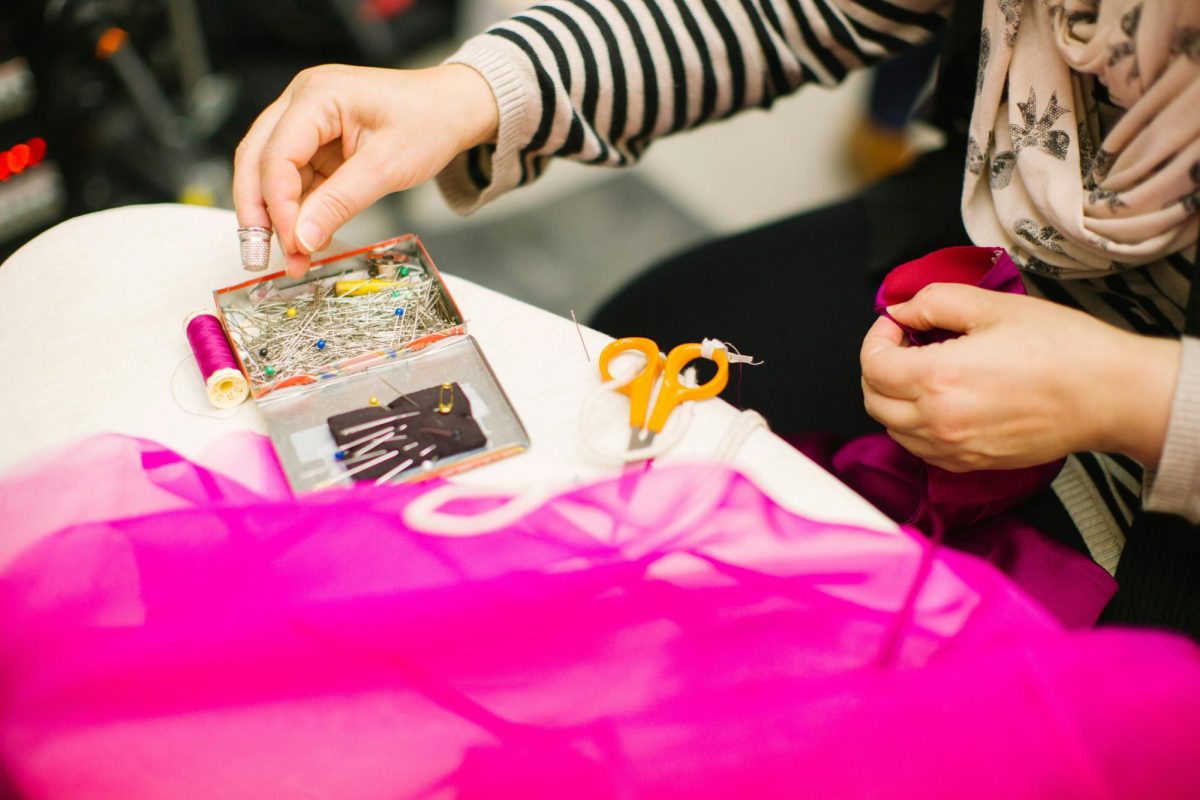During the prolonged transition to “online learning,” many of us have encountered technological difficulties with the popular remote conferencing software Zoom.
This is my experience.
One day, after a particularly long night of watching the same “RuPaul’s Drag Race” clips for the 45th time, I fell asleep. I awoke to find out that it was 9:25 a.m., five minutes before my first Zoom class was supposed to start. Quickly, in my morning stupor, I joined the call without glancing down to check on my camera and microphone. Laptop in hand, I slapped my glasses on my face, sprinted down the stairs to my Keurig and popped in a K-Cup. The machine began to whir, preheating the water in the tank and brewing it through the coffee grains. At the sound of this process, my West Highland terrier, Lanee, began to yelp and bark at volumes previously unknown by humankind. In a truly cartoonish fashion, my brother, irked by the high-pitched racket, ascended from his lair in the basement and yelled, “Dammit, Daniel, let the dog out!”
It was at that very moment I realized that both my camera and microphone had been on the whole time. The rest of the class seemed to be in a state of hysterical laughter, though luckily they had their own cameras off. Not only did they see my pajama-clad Neanderthal-like voyage to the coffee machine, hear the echoes of my spoiled terrier’s cries for escape and watch in horror at my brother’s bickering, they did so with a front-row seat.
Aghast, awestruck and astonished, I doubled down and quickly turned off my camera and microphone. In the process, I accidentally flung my coffee mug across the kitchen and watched it shatter into a million tiny, sad shards.
Needless to say, this was not the graceful and private learning experience that Zoom promises. The functionality of Zoom was not at fault, but I have grown to resent the concept of online learning apparatuses. Looking at terms like “Mr. FBI Man” and “Zoom University,” the idea of professors and administrators peeping in on you in your home and invading your privacy is permeating meme culture and becoming a widespread, irritating irony.
With such a large consumer base, Zoom has become subject to an enormous amount of cyberattacks. “Zoom bombing,” where hackers guess the right passcode or URL address and infiltrate private conference sessions, has become annoyingly common. Hackers can even reroute information through Facebook and send users’ private data to China, according to Business Insider. The New York City Department of Education has actually banned Zoom in classrooms, citing security and privacy issues. Since the beginning of these troubles, the CEO of Zoom, Eric Yuan, has sold off tens of millions in stock since the beginning of 2020. Other company executives have followed suit. The liquidation of stock so early on in the company’s exponential growth demonstrates a less-than-confident attitude from higher-ups. When the execs jump ship and investors keep piling on cash, the bubble will eventually burst. With a tripling of stock value since the company’s IPO, it is hard to imagine that Zoom’s value will plateau at such a high level.
Financial speculation aside, Zoom’s user interface is very, very confusing. I, along with many other students, have been subject to the grueling task of teaching our professors the Zoom interface during class sessions. With the confusing changes between browser and application, the odd “breakout room” options and the constant video feed lagging, I would be discombobulated as well.
The important thing is to remember that all of this is temporary. However, Hofstra still chose Zoom as the medium through which to continue our $65,000 education. Because of this, we have to try our hardest to cooperate with our sometimes technologically challenged peers. Zoom is an annoying way to educate ourselves, but education is imperative, especially now.
Daniel Cody is a freshman journalism major from Pennsylvania who writes about politics.







